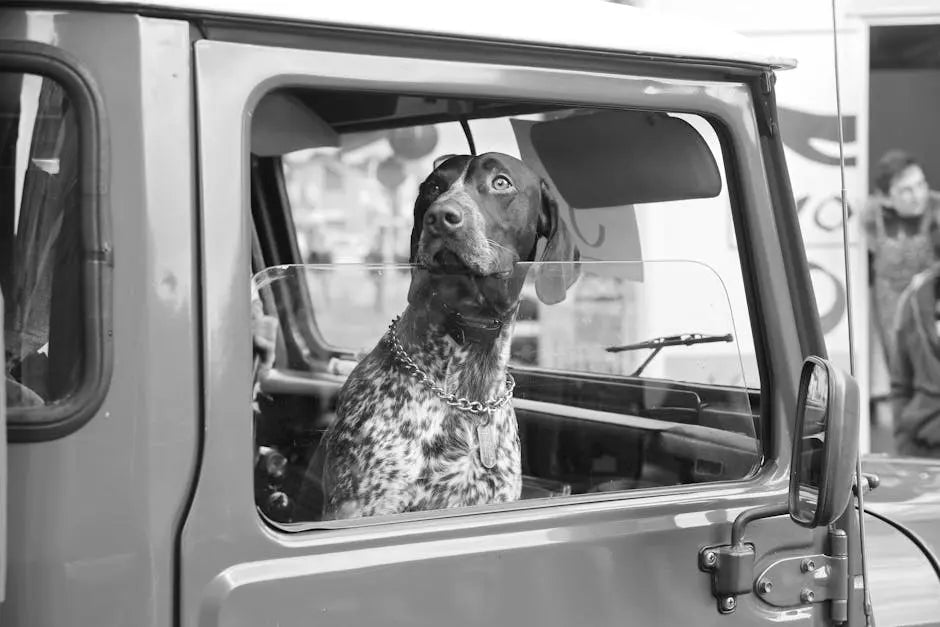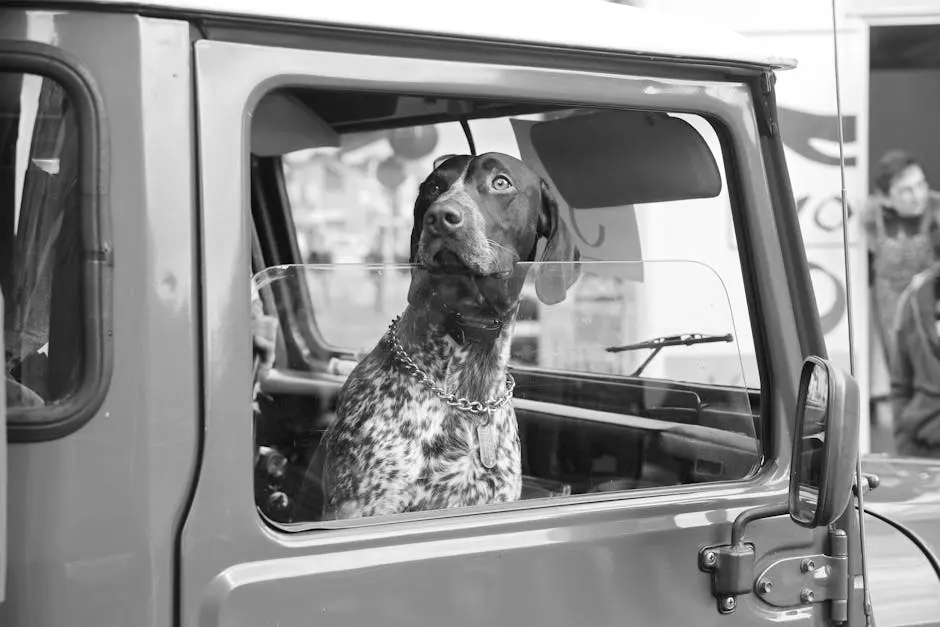
Tips for Traveling with a Portable Crate
Traveling with pets can be a fun and rewarding experience, but it can also present some challenges. One of the best ways to ensure a smooth trip is by using a portable crate for your furry friend. Not only does it provide a safe and secure space for them, but it also helps to keep you organized. In this blog, we’ll explore some helpful tips for traveling with a portable crate to make your journey as stress-free as possible.
Choosing the Right Portable Crate
Selecting the right portable crate is crucial for your pet’s comfort and safety. Consider factors such as size, material, and ventilation. Make sure the crate is large enough for your pet to stand, turn around, and lie down comfortably. Also, think about the durability and ease of cleaning.
When choosing a crate, it’s also essential to keep your travel plans in mind. Are you planning to travel by car or plane? For road trips, a sturdy wire crate may be ideal, while a soft-sided, lightweight crate might be more suitable for air travel. Additionally, ensure that it complies with airline regulations if you intend to fly. Check out our dog containment products for a wide range of options tailored to various travel needs.
It’s worth noting that some dogs have specific needs that can influence your crate choice. For instance, dogs with a lot of energy may benefit from a more robust crate to ensure they remain safely contained. On the other hand, dogs suffering from anxiety or noise phobia may require a quieter, more enclosed space for their comfort. Our selection of heavy-duty dog crates can save a dog’s life if they suffer from separation anxiety or other conditions.
Acclimating Your Pet to the Crate
Before your trip, it’s important to get your pet used to the portable crate. Start by placing the crate in a familiar area and encouraging your pet to explore it with treats and toys. Gradually increase the amount of time they spend inside to build comfort and familiarity.
Consistency is key when acclimating your pet to a new crate. Begin with short periods of time inside the crate, gradually extending the duration as your pet becomes more comfortable. Make it a positive experience by offering praise and treats each time they enter. This step-by-step approach can significantly reduce stress on travel day. Consider investing in a durable and spacious house where they feel at home.
Another helpful tip is to incorporate the crate into your daily routine. Allow your pet to eat meals in the crate, or provide a cozy bed inside for naps. By associating the crate with positive, everyday activities, your pet will see it as a safe and familiar space. This helps immensely when the time comes to hit the road as they’ll already consider it a part of their comfort zone.
Packing Essentials for the Crate
Having all the necessary supplies packed in your pet’s crate can make a big difference. Include soft bedding, some favorite toys, and a water dish. For longer trips, pack some of their regular food and a few treats to keep them comfortable and content.
In addition to the basics, consider including items that can help ease your pet’s anxiety during travel. Calming sprays or a piece of your clothing with your scent can provide extra comfort. Don’t forget to pack a first-aid kit specifically designed for pets, which can be handy in emergencies. Preparing for the unexpected ensures a smooth and enjoyable journey for everyone.
If you’re planning an extended trip, you might also want to include a travel-friendly litter box for cats or a portable potty solution for dogs. Having these essentials on hand can make your journey more convenient and stress-free. To explore all the accessories that can make your pet’s crate more comfortable, visit our collections of crates and accessories.
Ensuring Safety During Travel
Ensuring that the crate is securely fastened in your vehicle is vital for your pet’s safety. Use seat belts or other restraints to keep the crate in place. If traveling by plane, check with the airline for their specific requirements regarding pet travel crates.
For car travel, the placement of the crate is equally important. Position the crate in a well-ventilated area of the vehicle where your pet can still see you. This visibility helps to keep them calm during the journey. Remember, never place the crate in a location where it might obstruct airbags in the event of an accident.
Safety during travel is not just about securing the crate; it’s also about ensuring your pet’s well-being inside it. Make regular stops if you’re on a long road trip, giving your pet the chance to stretch their legs and relieve themselves. Doing so maintains their comfort and health throughout the journey.
Managing Stops and Breaks
During extended trips, it’s important to take regular breaks for your pet. Offer them water, a chance to stretch, and a bathroom break. This routine helps keep your pet relaxed and prevents any restlessness during the journey.
Timing your stops effectively can greatly impact your pet’s comfort level. On a longer trip, try to stop every two to three hours. Each break should be about 15 to 30 minutes long to give your pet ample time to stretch out and take care of their needs. Keep a portable water bowl handy and offer some water during each stop to keep them hydrated.
If you’re traveling through different climates, keep an eye on the temperature inside the vehicle. Sudden temperature changes can stress your pet. Avoid leaving them in the car unattended, especially in extreme weather conditions. Providing a comfortable and safe environment for your pet is crucial for a pleasant journey.
Ready, Set, Travel!
Traveling with a portable crate can make your trip much more enjoyable for both you and your pet. By choosing the right crate, preparing your pet appropriately, and considering their needs during the journey, you can ensure a stress-free experience. Happy travels!

